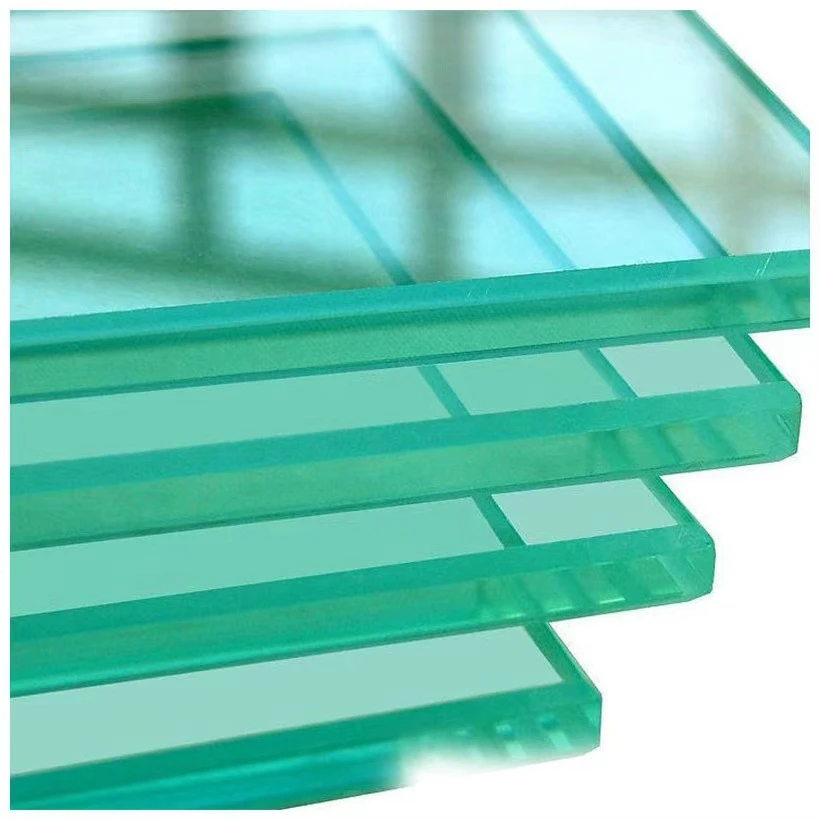Tempered glass and toughened glass are two terms often used interchangeably in the realm of architectural and automotive design. However, there are subtle nuances between them that are important to understand. Both types of glass are engineered to withstand greater levels of stress and impact compared to standard glass, making them ideal for a variety of applications where safety and durability are paramount.
Tempered glass is created through a process that involves heating the glass to a high temperature, typically around 620 to 650 degrees Celsius, and then rapidly cooling it. This drastic temperature change allows the outer surfaces of the glass to cool and solidify much faster than the inner core, creating compressive stresses on the surface and tensile stresses within. This process makes tempered glass approximately five to six times stronger than regular glass. Moreover, when tempered glass does break, it shatters into small, blunt pieces rather than sharp shards, significantly reducing the risk of injury.
Toughened glass, on the other hand, is often viewed as a synonymous term for tempered glass, but there are certain distinctions that should not be ignored. While toughened glass also undergoes a heating and cooling process to enhance its strength, the terminology is more commonly used in specific regions or industries. In some contexts, toughened glass can refer to additional treatments or coatings that enhance its properties even further, such as laminating, which adds an extra layer of plastic between two sheets of glass. This additional layer serves to hold the pieces of the glass together in case of a breakage, further improving safety.
tempered glass and toughened glass
Both tempered and toughened glasses are widely utilized in various applications. They are commonly found in shower doors, glass tabletops, facades of buildings, and automobile windows, where their ability to withstand high pressure and thermal fluctuations is critical. Additionally, their aesthetic appeal makes them a favored choice among architects and interior designers looking to create visually striking environments.
It is often the case that the terms tempered and toughened can lead to confusion in the marketplace, especially for consumers who may not be familiar with the technical jargon. It is crucial for buyers to ask questions and seek clarification on the type of glass being used in any given product, ensuring that it meets their needs for safety and durability. Understanding the differences and applications of tempered and toughened glass can greatly assist individuals in making informed decisions, consequently improving the safety and longevity of the structures we inhabit and the products we use daily.
In conclusion, while tempered glass and toughened glass share similarities in their production and usage, recognizing the distinctions and understanding their applications is essential for consumers and professionals alike
. Both materials offer enhanced safety features that are invaluable in modern design and construction, making them indispensable in a variety of settings.
 Afrikaans
Afrikaans  Albanian
Albanian  Amharic
Amharic  Arabic
Arabic  Armenian
Armenian  Azerbaijani
Azerbaijani  Basque
Basque  Belarusian
Belarusian  Bengali
Bengali  Bosnian
Bosnian  Bulgarian
Bulgarian  Catalan
Catalan  Cebuano
Cebuano  Corsican
Corsican  Croatian
Croatian  Czech
Czech  Danish
Danish  Dutch
Dutch  English
English  Esperanto
Esperanto  Estonian
Estonian  Finnish
Finnish  French
French  Frisian
Frisian  Galician
Galician  Georgian
Georgian  German
German  Greek
Greek  Gujarati
Gujarati  Haitian Creole
Haitian Creole  hausa
hausa  hawaiian
hawaiian  Hebrew
Hebrew  Hindi
Hindi  Miao
Miao  Hungarian
Hungarian  Icelandic
Icelandic  igbo
igbo  Indonesian
Indonesian  irish
irish  Italian
Italian  Japanese
Japanese  Javanese
Javanese  Kannada
Kannada  kazakh
kazakh  Khmer
Khmer  Rwandese
Rwandese  Korean
Korean  Kurdish
Kurdish  Kyrgyz
Kyrgyz  Lao
Lao  Latin
Latin  Latvian
Latvian  Lithuanian
Lithuanian  Luxembourgish
Luxembourgish  Macedonian
Macedonian  Malgashi
Malgashi  Malay
Malay  Malayalam
Malayalam  Maltese
Maltese  Maori
Maori  Marathi
Marathi  Mongolian
Mongolian  Myanmar
Myanmar  Nepali
Nepali  Norwegian
Norwegian  Norwegian
Norwegian  Occitan
Occitan  Pashto
Pashto  Persian
Persian  Polish
Polish  Portuguese
Portuguese  Punjabi
Punjabi  Romanian
Romanian  Russian
Russian  Samoan
Samoan  Scottish Gaelic
Scottish Gaelic  Serbian
Serbian  Sesotho
Sesotho  Shona
Shona  Sindhi
Sindhi  Sinhala
Sinhala  Slovak
Slovak  Slovenian
Slovenian  Somali
Somali  Spanish
Spanish  Sundanese
Sundanese  Swahili
Swahili  Swedish
Swedish  Tagalog
Tagalog  Tajik
Tajik  Tamil
Tamil  Tatar
Tatar  Telugu
Telugu  Thai
Thai  Turkish
Turkish  Turkmen
Turkmen  Ukrainian
Ukrainian  Urdu
Urdu  Uighur
Uighur  Uzbek
Uzbek  Vietnamese
Vietnamese  Welsh
Welsh  Bantu
Bantu  Yiddish
Yiddish  Yoruba
Yoruba  Zulu
Zulu 

